Latin dance films are not just about the steps and the music; they are about the stories of love, passion, and cultural identity. This collection brings together melodramas where the dance floor becomes a stage for life's most intense emotions. From the fiery tangos of Argentina to the sensual salsas of Cuba, these films will transport you to a world where every step tells a story. Whether you're a dance enthusiast or simply love a good romance, these films offer a unique blend of drama and dance that will leave you captivated.
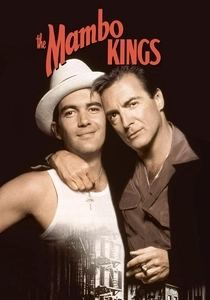
Mambo Kings (1992)
Description: Two Cuban brothers move to New York in the 1950s to pursue their dream of becoming mambo musicians. The film is rich with Latin dance scenes that reflect the era's music and dance culture.
Fact: The film was based on the Pulitzer Prize-winning novel "The Mambo Kings Play Songs of Love" by Oscar Hijuelos.
 Watch Now
Watch Now 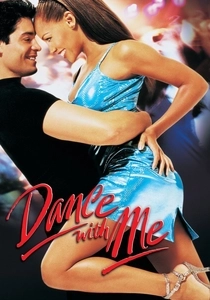
Dance with Me (1998)
Description: A Cuban dancer arrives in the U.S. to find his father and ends up competing in a dance competition. The film is filled with Latin dance numbers that showcase the beauty and intensity of the genre.
Fact: The film features Vanessa L. Williams, who was a former Miss America, and Chayanne, a well-known Latin pop star.
 Watch Now
Watch Now 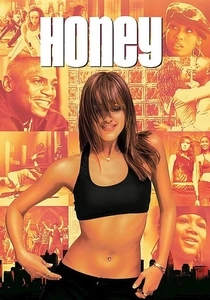
Honey (2003)
Description: While not exclusively about Latin dance, this film features significant hip-hop and Latin dance influences, showcasing the dance community's diversity and the power of dance to change lives.
Fact: Jessica Alba, who plays the lead, trained extensively in dance for this role, and the film helped launch her career.
 Watch Now
Watch Now 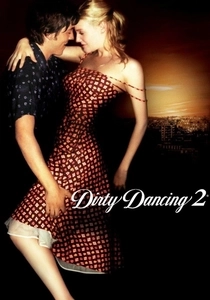
Dirty Dancing: Havana Nights (2004)
Description: Set in pre-revolutionary Cuba, this film captures the essence of Latin dance through the eyes of an American teenager who falls in love with a local dancer. The dance scenes are vibrant and filled with the spirit of salsa.
Fact: The film features real Cuban dancers and was shot on location in Puerto Rico to replicate Havana.
 Watch Now
Watch Now 
Shall We Dance? (2004)
Description: This film follows a Chicago lawyer who finds new passion in life through ballroom dancing, particularly the Latin dances. It's a heartwarming tale of self-discovery and the transformative power of dance.
Fact: The film was a remake of the 1996 Japanese film of the same name. The dance sequences were choreographed by the legendary ballroom dancer, Pierre Dulaine.
 Watch Now
Watch Now 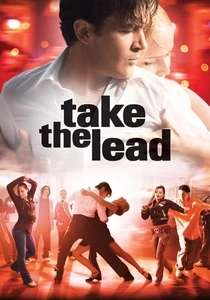
Take the Lead (2006)
Description: Based on a true story, this film showcases the transformative power of ballroom dancing, including Latin styles, in an inner-city high school. It's a story of breaking barriers and finding common ground through dance.
Fact: Antonio Banderas, who plays the lead, learned to dance for the role, and the film was inspired by the life of Pierre Dulaine, who also choreographed this movie.
 Watch Now
Watch Now 
StreetDance 2 (2012)
Description: This sequel brings together various dance styles, including Latin dances, in a global dance competition. It's a celebration of dance diversity and the universal language of movement.
Fact: The film was shot in 3D, making the dance sequences even more immersive for the audience.
 Watch Now
Watch Now 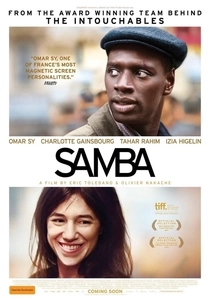
Samba (2014)
Description: Although primarily a drama, this film includes scenes of Brazilian dance, including samba, which adds a vibrant touch to the story of an undocumented immigrant in France.
Fact: The film stars Omar Sy, known for his role in "Intouchables," and features real Brazilian dancers.
 Watch Now
Watch Now 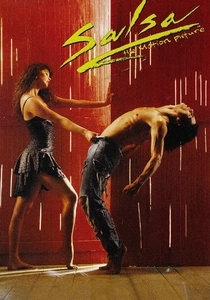
Salsa (1988)
Description: A young man from Puerto Rico moves to New York and discovers his love for salsa dancing, which leads him to a dance competition. The film captures the raw energy and cultural significance of salsa.
Fact: The movie was one of the first to bring salsa dancing to a broader audience, featuring real-life salsa dancers and musicians.
 30 Days Free
30 Days Free 








